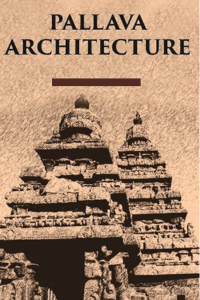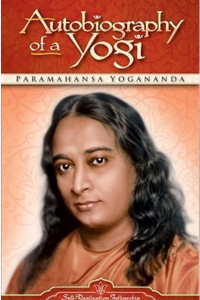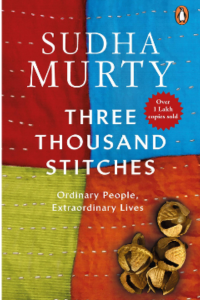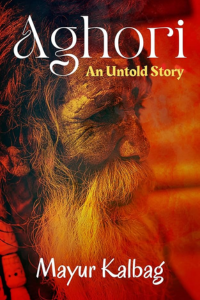Introduction to Pallava Art and Architecture
The Pallava dynasty, which ruled from the 6th to 9th centuries in southern India, is renowned for its distinctive contributions to art and architecture. Their period saw the rise of some of the most iconic temples, sculptures, and stone carvings that continue to be celebrated for their intricate craftsmanship and cultural significance.
Evolution of Pallava Architecture
The Pallavas are credited with pioneering the Dravidian style of architecture. This style, characterized by towering gopurams (temple towers), intricate stone carvings, and mandapas (pillared halls), reached its zenith under the rule of King Narasimhavarman II (Rajasimha) during the 7th century. Notably, they introduced monolithic rock-cut temples, which became a hallmark of their architectural brilliance.
Rock-Cut Temples
One of the greatest contributions of the Pallavas to Indian architecture is the rock-cut temples. The most famous of these are found at Mamallapuram (formerly known as Mahabalipuram), a UNESCO World Heritage site. The Shore Temple, built around 700 CE, is a prime example of their skill in sculpting monumental structures directly from rock. Other notable rock-cut temples include the Pancha Rathas (Five Chariots) and the Arjuna’s Penance relief, which depict mythological scenes carved into massive granite surfaces.
Temples and Sculptures
Pallava temples, built from both granite and sandstone, are known for their towering, sculptural exteriors. These temples are often adorned with intricate carvings of Hindu gods and scenes from the epics. The Kailasanatha Temple in Kanchipuram, constructed by King Rajasimha, stands as a perfect example of the Pallava’s architectural style and dedication to detail.
Innovation and Influence
The Pallava architectural style greatly influenced later South Indian dynasties, particularly the Chola Empire. The integration of temple structures, sculptures, and urban planning in their designs laid the foundation for the grandeur seen in subsequent architectural achievements in southern India.
Key Takeaways
- Pallava art and architecture are known for their monolithic rock-cut temples and sculptures.
- The Shore Temple and Pancha Rathas are among the most famous monuments of Pallava architecture.
- Pallava designs influenced later architectural developments, particularly the Chola dynasty.
For a deeper understanding, you can explore more on the subject from academic resources and historical sites focused on Indian architecture.





Reviews
There are no reviews yet.